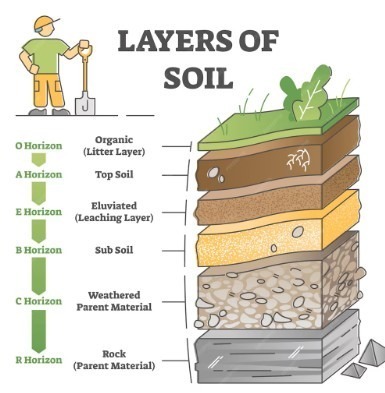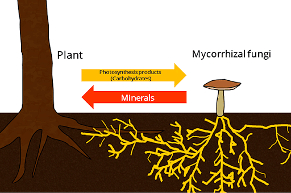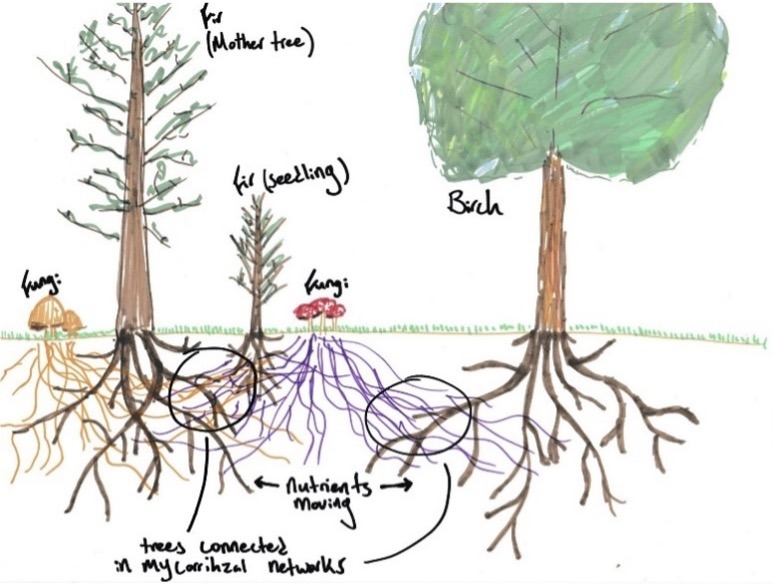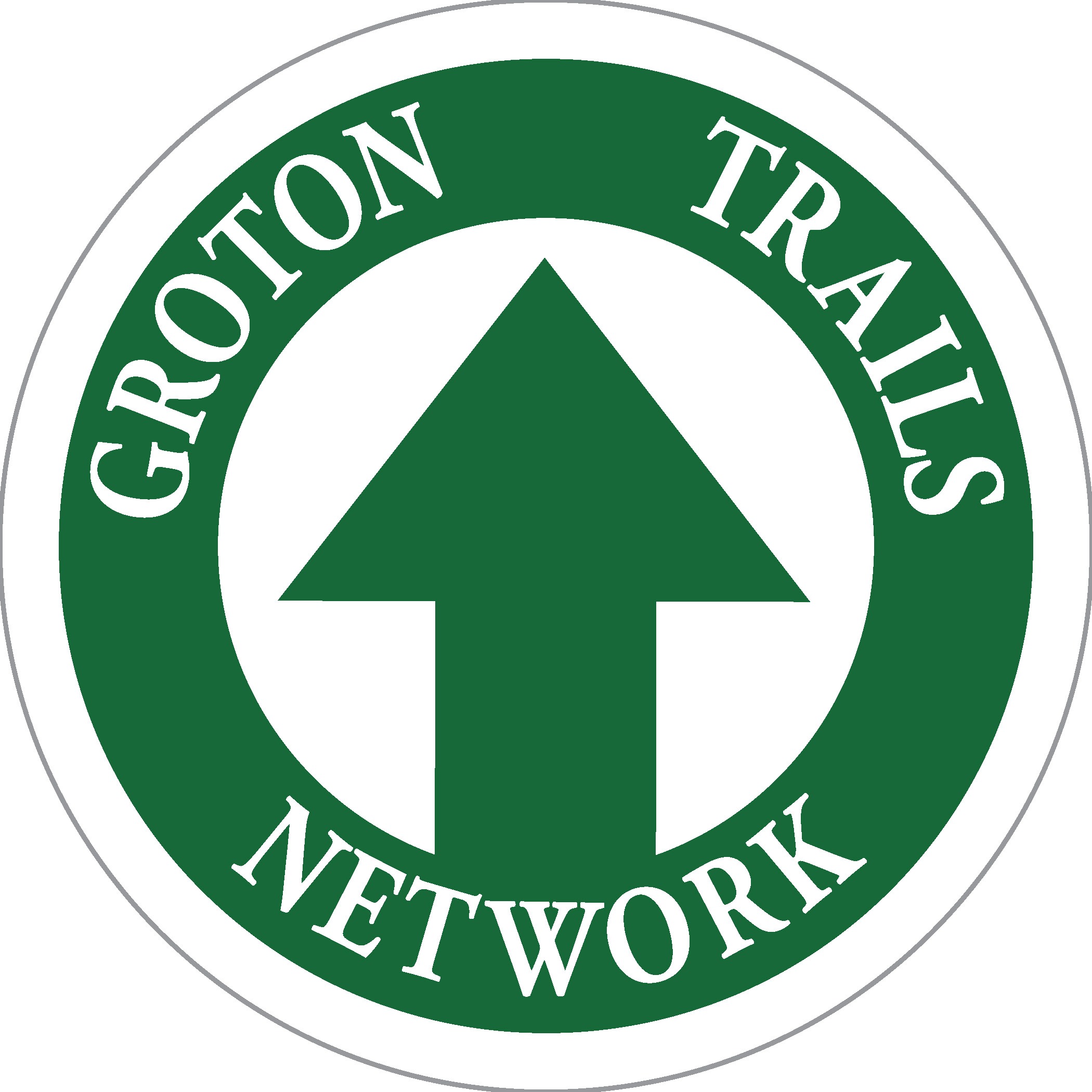The Forest Floor
The forest floor is a mosaic of decaying leaf litter, fallen branches, and the occasional moss-covered rock, reflecting the mixed deciduous and coniferous canopy above. This layer is teeming with life, hosting a diverse community of invertebrates, fungi, and microorganisms that actively decompose organic matter called humus, enriching the soil and cycling nutrients. Patches of low-growing ferns, wildflowers, and tree seedlings often emerge through the leaf litter, creating a dynamic interface between the soil and the understory, crucial for the forest’s overall health and biodiversity. Be sure to look for lichens: unique organisms, not plants or animals, formed by fungi and algae living together. They look like colorful crusts, small leaves, or tiny shrubs on rocks and trees, often in shades of green, gray, yellow, or orange. They are important for soil formation and indicate environmental health. Below the forest floor is an underground fungal network that allows trees to communicate.
“Of all the paths you take in life, make sure a few of them are dirt” – John Muir

Humus
The thick brown or black substance that remains after most of the organic litter has decomposed is called humus. Earthworms often help mix humus with minerals in the soil. Humus contains many useful nutrients for healthy soil. One of the most important is nitrogen.

What exactly is Mycorrhiza?
- Mycorrhiza is a symbiotic relationship between fungi and plant roots, whereby the fungus helps the plant absorb water and nutrients, and the plant provides the fungus with sugars.
- Trees communicate with each other through a variety of methods, including mycorrhizal networks (underground fungal networks), chemical signals (pheromones), and potentially even sound. These methods allow trees to share resources, warn each other of danger, and cooperate for the health of the forest ecosystem.
- For more information watch Suzanne Simard’s TED Talk

